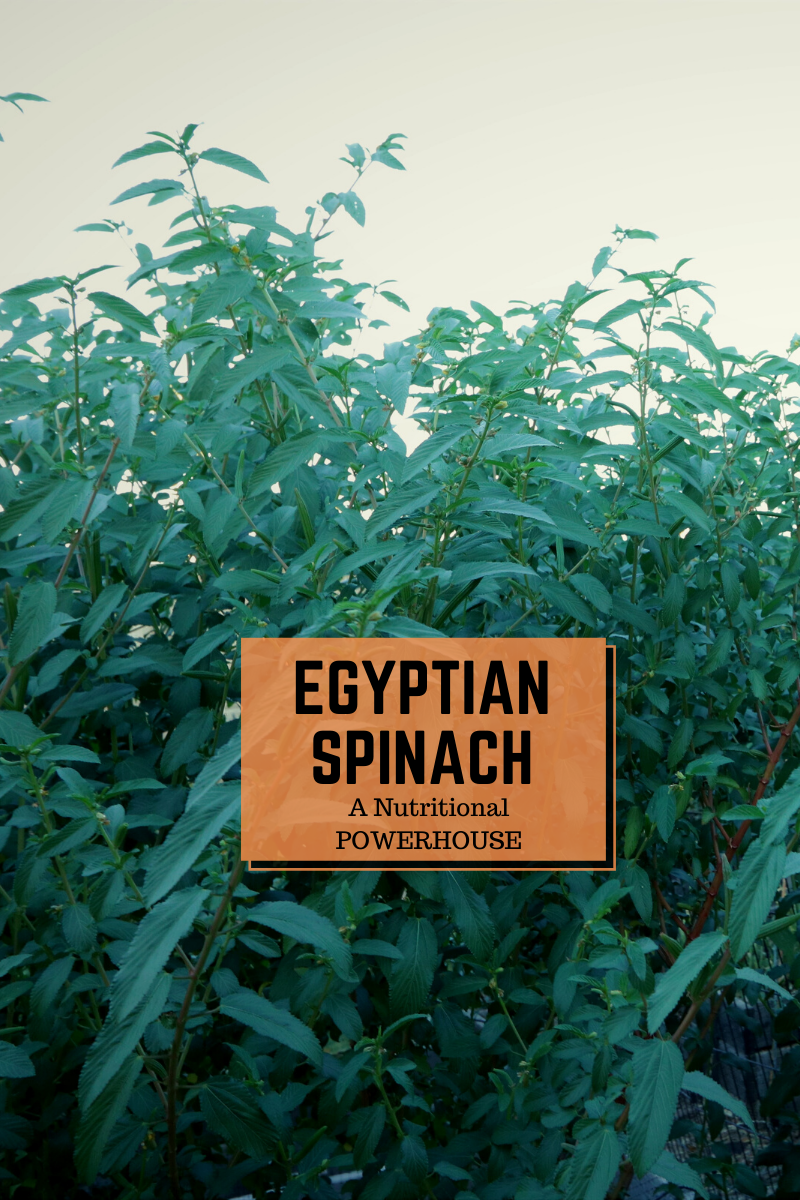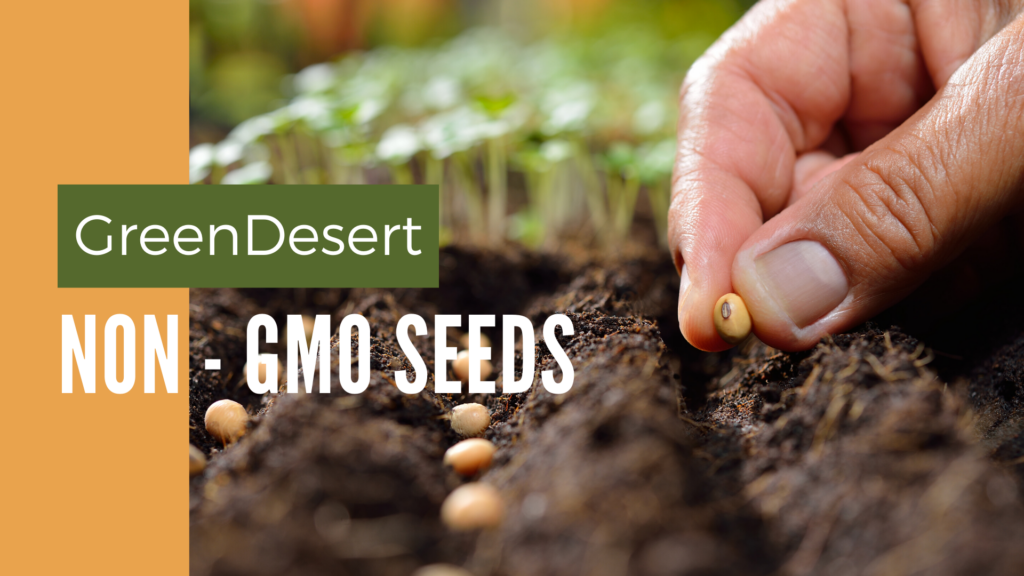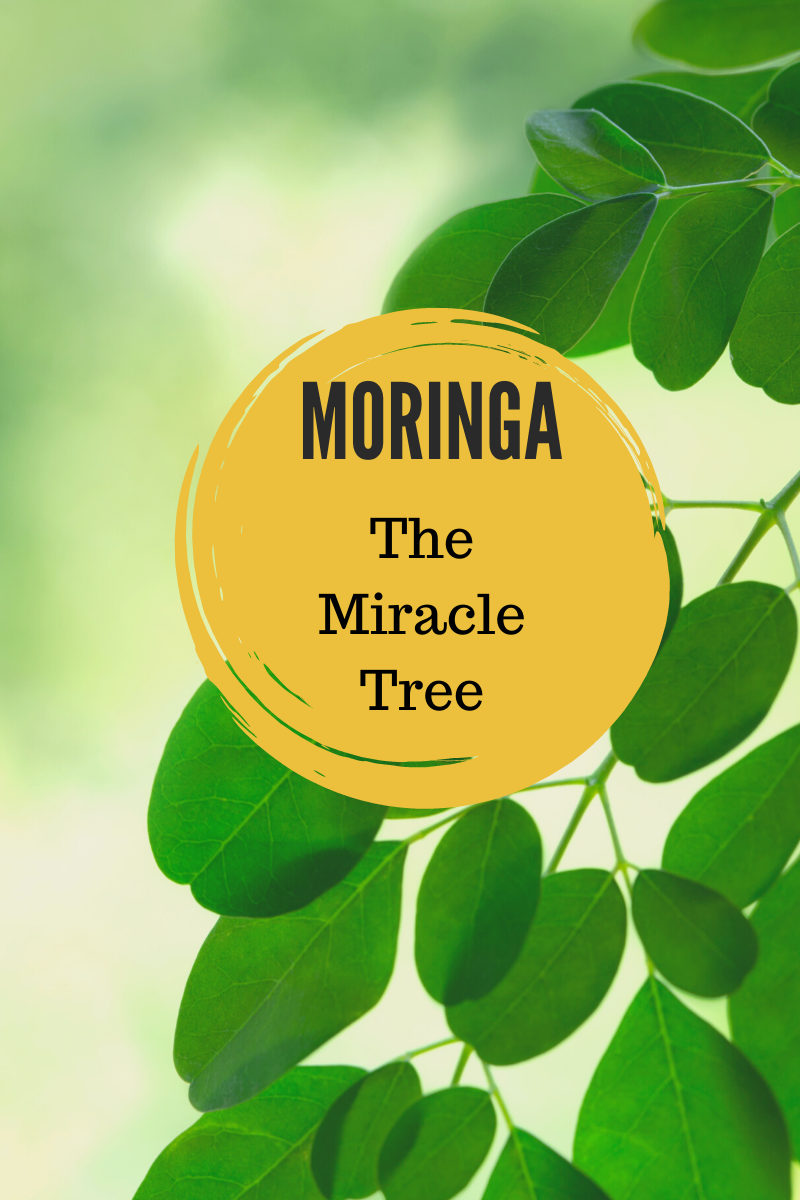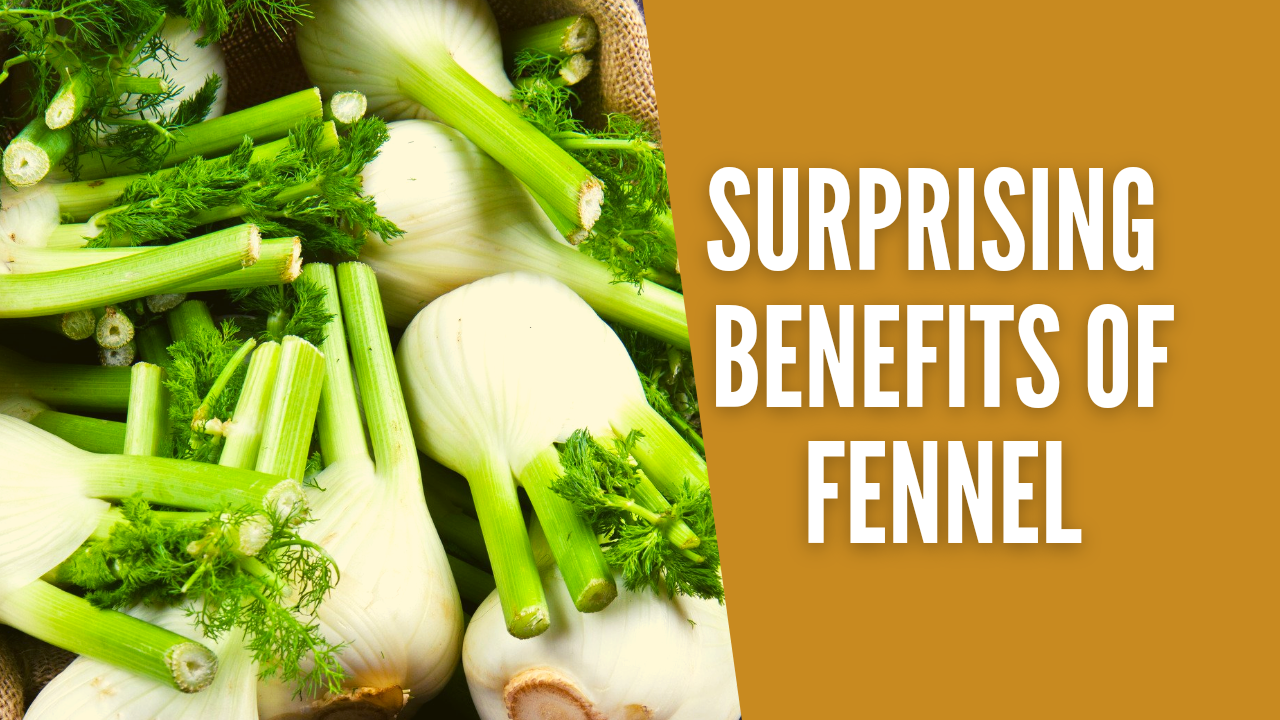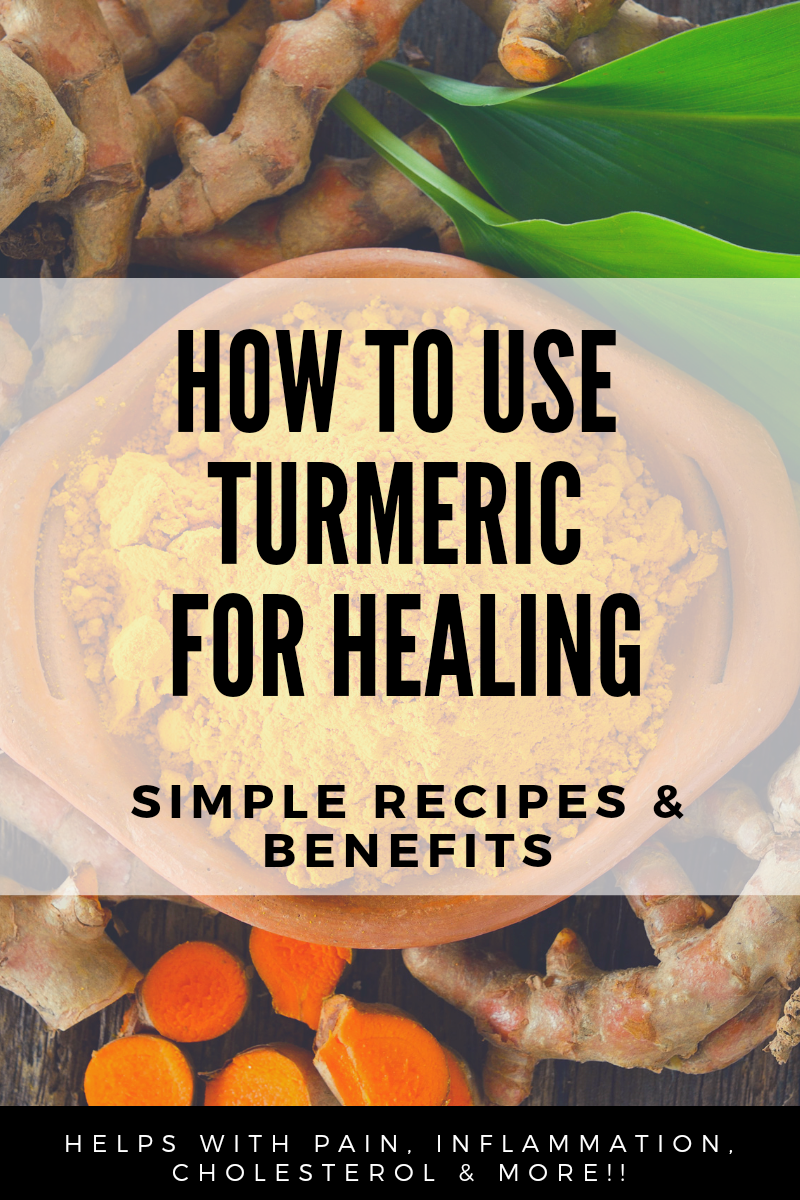Egyptian spinach
I am so excited to introduce you to molokhiya, also known as Jew’s mallow, jute mallow, and Egyptian spinach… among other titles depending on what part of the world you’re in.
It isn’t your typical spinach. It originated in Egypt but has since spread all over the world.
And for good reason; Egyptian spinach has a powerhouse of nutrients that can benefit your whole body.
It’s touted to have more Vitamin E, C, potassium, iron and fiber than any other vegetable!
More benefits… it has nine times more calcium than spinach, nearly five times more carotene, B1 and B2 than spinach.
According to the International Journal of Research, Egyptian spinach has more than 30 vitamins and minerals.
So what does this mean?
It’s an excellent food to boost your immune system; it’s known to regulate digestion, help fight acne, help build strong bones, improve circulation, protect heart health, and reduce inflammation. The magnesium in Egyptian spinach is supposed to even help you sleep.
And you can do so much with it.
I add it to my salads, beans, stews, even tea. In fact, many people use it in their soups because when you boil it, it makes sort of a broth. And making a tea is supposed to help reduce pain for things like arthritis, headaches and belly aches because of its anti-inflammatory properties.
You can enjoy the benefits of the leaves raw or cooked.
Fun Legends:
It’s said that Cleopatra saw the soup as her secret for maintaining her youthful appearance. Legends say she used to eat a soup of the leaves daily.
It’s also said that consuming the vegetable was once limited only to pharaohs.
NOT ANYMORE!
In fact, not only are there no restrictions to how much you can buy; you can plant it yourself!
And one thing I love about planting it is that it likes the heat. It’s one of the few green vegetables that thrive in the Arizona summers.
So that means if I’m growing outdoors, I can enjoy my regular spinach in the winter, and my Egyptian spinach in the summer.
HOW TO PLANT
Egyptian spinach is fairly easy to plant, even here in the desert.
It’s so easy that we planted it once and it comes back every year, all over my yard.
So I save the seeds and offer them on our Etsy site.
If you’re planting outdoors, you’ll want to plant in the spring, after all chance of frost has passed.
I plant the seeds about ¼ inch deep and about two inches apart. The seeds are so small that I just draw a line in the soil, drop the seeds and sprinkle soil on top. So that tells you, you don’t need to bury the seeds deep. When deciding how close to plant, keep in mind that the plants tend to grow outward, like a shrub.

The plants prefer full sun, and well-draining soil.
I love using ollas for all of my plants because it allows the plants to take the exact amount of water they need, so you don’t have to worry about over or under watering. Plus we use rainwater in our ollas.
When the temperatures reach 100 degrees in the summer, we often turn on the sprinklers to water once per day for 20 minutes.
If you plant Egyptian spinach, we’d love to see the progress. And of course if you have recipes, send those our way as well.
Don’t forget, we have natural remedies for everything from heart health, indigestion, acne, blood pressure – the list goes on.

